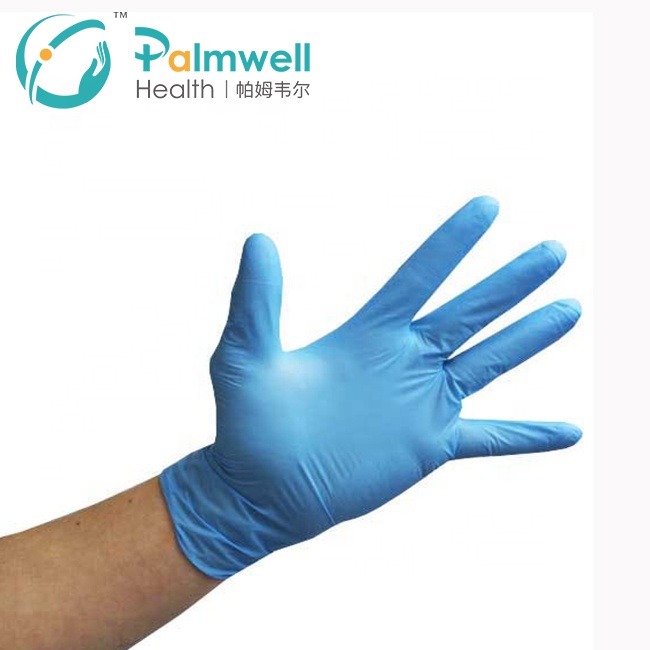What Are Nitrile Gloves?
December 08, 2022
What Are Nitrile Gloves?
Nitrile butadiene rubber is prepared by emulsion polymerization of butadiene and acrylonitrile. Its products have excellent oil resistance, high wear resistance and good heat resistance. Using high quality nitrile butadiene rubber with other additives, refined processing; No protein, no allergic reaction to human skin, non-toxic, harmless, strong and durable, good adhesion.
High quality nitrile gloves are widely used in household work, electronics, chemical, aquaculture, glass, food and other factory protection, hospitals, scientific research and other industries. NBR is prepared by emulsion polymerization of butadiene (H2C=CH-CH=CH2) and acrylonitrile (H2C=CH-CN). It is mainly produced by low temperature emulsion polymerization and has the properties of two homopolymer. The butadiene component gives the copolymer elasticity and cold resistance. The acrylonitrile component has strong polarity. The -CN base can make the copolymer have good chemical corrosion resistance, especially the oil resistance (refers to the alkane oil). Increasing the content of acrylonitrile in rubber can improve the oil resistance of rubber, but the elasticity and cold resistance will be reduced. Its products have good oil resistance, higher wear resistance and better heat resistance. 
High quality nitrile gloves can be divided into powder and powder free. Nitrile gloves have two lengths of 23cm and 30cm; The thickness is 0.08~0.09mm, and the color is mainly blue. The main finished product package is 100pcs per box, and the specifications are XS, S, M, L, XL, which are gloves with high wear resistance. The suitability of gloves is discussed in conjunction with the "Ansell Glove Penetration/Degradation Protection Guide". Note that the "Glove Protection Guide" lists degradation and penetration data for gloves. The first square in each column represents the overall degradation and penetration of each glove in three different color-coded ways. Green, indicating that the glove is suitable for use with the chemical; Yellow, indicating that the glove should be carefully put into application; Red indicates that the glove is prohibited from being used with the chemical. A capital letter stands for rank. E: Excellent; VG: Good; G: OK. F: In general; P: poor; NR: Not recommended. 
Unlike latex gloves, high quality nitrile gloves are insoluble in non-polar solvents and can effectively tolerate non-polar alkanes and cycloalkanes, such as n-pentane, n-hexane, cyclohexane and other reagents, most of which are labeled green. It should be noted that the protection performance of nitrile gloves for aromatic hydrocarbons varies greatly. In benzene, for example, degradation grade P, the overall degradation and penetration grade of the glove is marked red. In toluene, degradation grade F, penetration time 34 minutes, permeability F, marked yellow. In xylene, the degradation grade is G, the penetration time is 96 minutes, the permeability is F, and the label is green. 50% sodium hydroxide, 10% hydrochloric acid, 47% sulfuric acid (battery acid), 30% hydrogen peroxide are all labeled as green, degradation grade E, penetration time >360 minutes. Methanol, ethanol, n-propanol, amyl alcohol, cyclohexanol and other alcohols are also labeled green. Nitrile gloves with poor or no protective performance against dimethylformamide, acetone, butanone, tetrahydrofuran, trichloromethane, dichloroethane, chlorobenzene, phenol, benzaldehyde, and ethyl acetate are labeled red. Nitrile gloves are a kind of protective gloves commonly used in laboratories. It's a glove that's used extensively in the lab.















